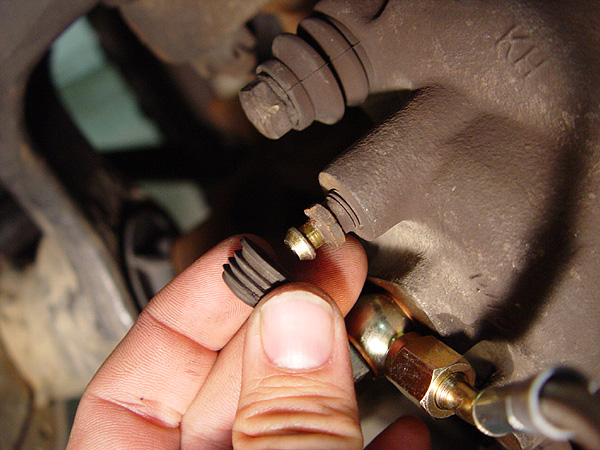G
Guest
order only matters when you're replacing brake fluid of your entire system as far as i know.
when you've just replaced pads, you know that the air is close to each of the calipers-
as in, isolated closely to each individual caliper (and not, say, in the middle of the system)
so when you bleed after replacing brakes (if you've loosened bleed screws in the process) order shouldnt matter
when you've just replaced pads, you know that the air is close to each of the calipers-
as in, isolated closely to each individual caliper (and not, say, in the middle of the system)
so when you bleed after replacing brakes (if you've loosened bleed screws in the process) order shouldnt matter


 I'm not a member of any forums that are not cannabis relayted so these are the only people i talk to anyways one love all peace !!nuggler
I'm not a member of any forums that are not cannabis relayted so these are the only people i talk to anyways one love all peace !!nuggler
